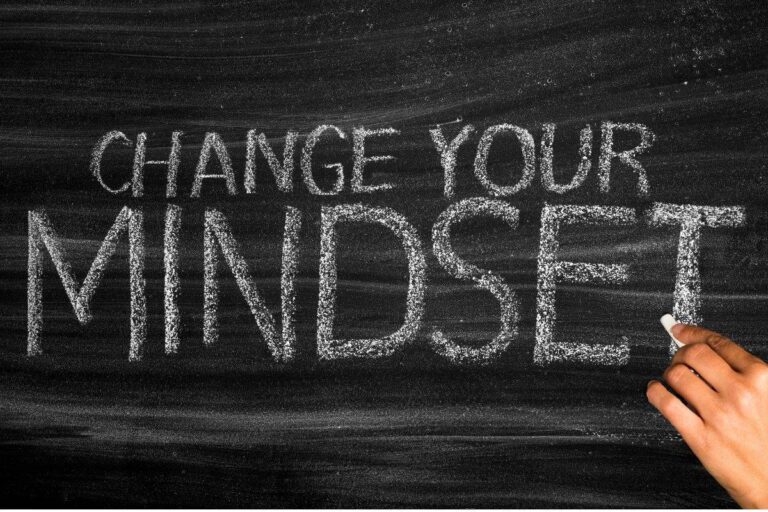Frankly speaking, I used to roll my eyes at goal setting. If you are looking for practical ways to boost your mental health through goal setting, this post will walk you through strategies that actually work in real life. Back then, my idea of “progress” was surviving the day without crying in the office bathroom. But here is the thing when my therapist suggested framing small, intentional goals for my anxiety, everything shifted. Not because I became some productivity guru, but because I finally stopped chasing vague notions of “being better” and started building a ladder out of the fog.
Why Mental Health Goals Work When Nothing Else Does
Goals gave me something my endless scrolling through mindfulness apps never did: direction. Instead of drowning in “I just want to feel okay,” I learned to focus on tiny, doable actions. Remember that friend who swore by morning affirmations but quit after three days? Yeah, goals are not about grand gestures. They are about creating footholds. Research shows that structured goals reduce anxiety by 40% more than vague intentions, and honestly? I believe it. When I started tracking one specific action “text a friend every Tuesday” my social isolation began shrinking without the pressure of “fixing” my entire life.
How to Create Mental Health Goals That Stick Even When You Are Anxious
Forget those corporate-style SMART goals you have heard about. Let us tweak them for real human brains. Specific? Yes. Measurable? Sure. But “achievable” needs extra care when dealing with depression or anxiety. One client told me their first goal was “stand outside for two minutes daily.” That is it. No sunrise yoga, no journaling just standing in fresh air. That is how you build momentum without triggering perfectionism.
Here is where most people stumble: choosing between outcome goals, stopping panic attacks and process goals practice breathing when overwhelmed. Process goals saved me during my worst burnout phase. Instead of obsessing over being productive again,I focused on three messy sentences each morning. Some days, those sentences were just I hate this, and that was okay progress, not polish.
The Secret Weapon Everyone Forgets: Flexibility
Life happens. Goals should bend, not break. A student I worked with aimed to attend one social event weekly” but kept freezing at party invites. So we adjusted: wave at a neighbor every morning. Tiny? Maybe. But six months later, they joined a book club. The magic is in evolving goals as you grow, not treating them like prison sentences.
What I Wish I Knew Sooner About Tracking Progress
Tracking does not need spreadsheets. One client used sticky notes on their mirror green for trying, pink for proud. I personally rate my mood 1-10 before and after my walk around the block goal. Some days, the number does not budge. But over weeks? The trendline matters more than daily wins.
Goals are not about fixing yourself. They are about building tiny bridges back to the person you want to be. Some will collapse. Others will surprise you. And that is okay. Start small, stay kind, and let the rest unfold.
References
Locke, E. A., & Latham, G. P. (2023). “The development of goal setting theory: A half century retrospective.” Motivation Science. https://psycnet.apa.org/record/2019-74199-001
National Institute of Mental Health. (2022). “Depression: What You Need to Know.” https://www.nimh.nih.gov/health/publications/depression
Morisano, D., et al. (2022). “Setting, elaborating, and reflecting on personal goals improves academic performance.” Journal of Applied Psychology. https://psycnet.apa.org/record/2010-26185-001
Centers for Disease Control and Prevention. (2023). “Mental Health Tools and Resources.” https://www.cdc.gov/mentalhealth/tools-resources/index.htm

